Sari,The glory of the era of Bengali women

Sari is undoubtedly one of the oldest clothes in the world, and perhaps not the only pair of dresses. For centuries, it has not only been appealing, but also casual wear, but it has become a unique canvas of garments, where weavers, artisans, and dresses wear unique colors of yarn, color, design and sculpture.
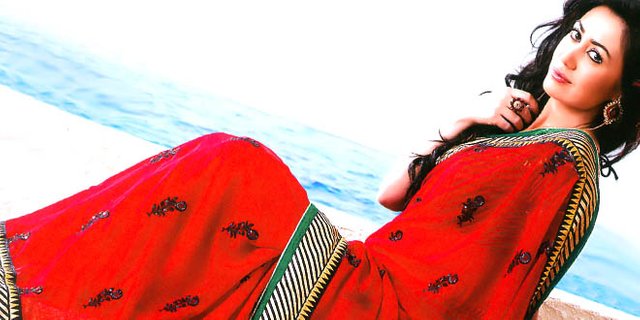
It is said that cotton yarn industry came from India in Mesopotamian civilization. Youth was well known to both men and women of the Indus Valley. The first cultivation of yarn in India began in the fifth century BC. The color that was used at that time was still used; For example, the color obtained from the blue tree or yellow. And the silk cloth began to begin in 2450-2000 BC.
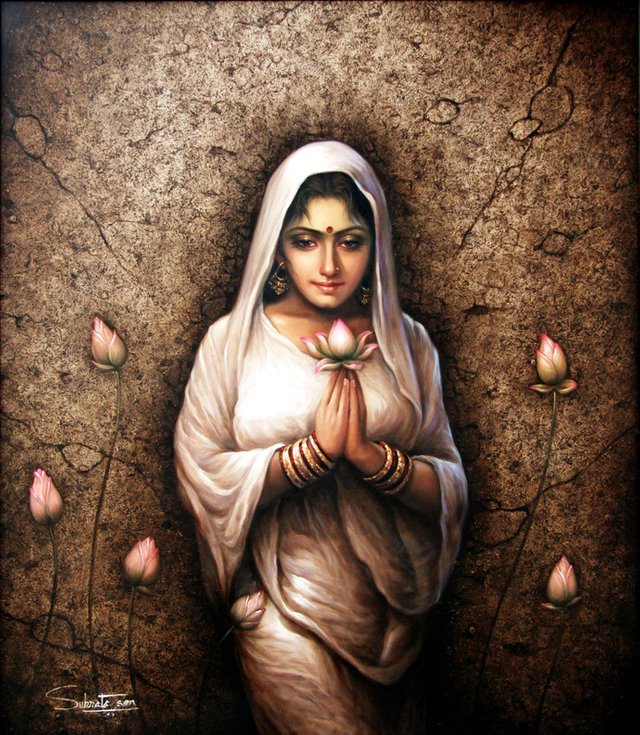
The earliest rendition of sarees is found in the stone statue of a priest in Sindh province. People from Sindh Valley used to wear long cloth pieces as waistband. The history of civilization was the tradition of wearing clothes, not only in the Indus Valley Civilization, but also in Egypt, Sumer and Assyria. This information proves that the coins and sculptures found in the ruins of those cities.

When Aryans first came to the river basins of South India, they came with the word 'Vaastra' or 'Vastra'. Although Sanskrit means that it means clothes or clothes, but they used to conform to the wording of the processed leather wear. After coming here, they started the habit of wearing long cloth woven from the local residents.
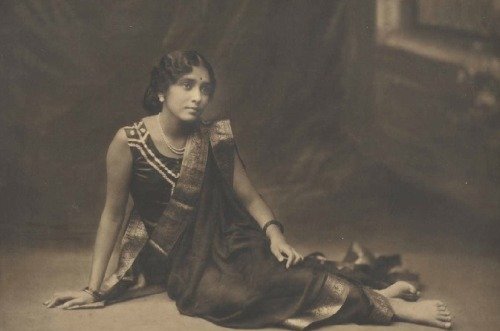
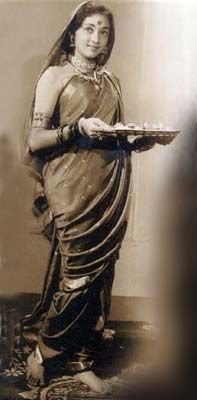
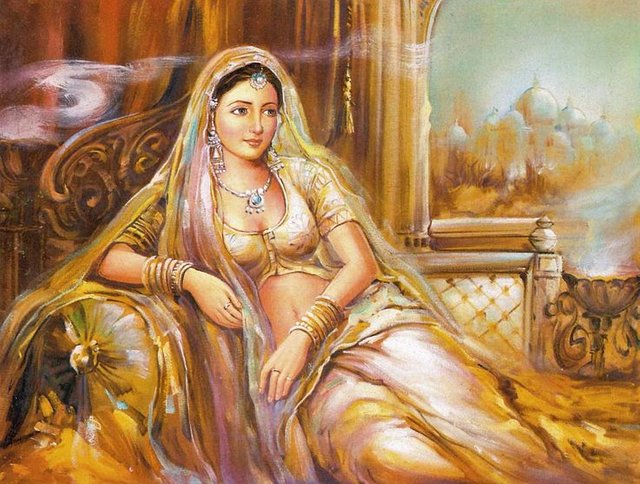
Initially, the introduction of the first saris started among the traditional religions. They used to think that they were stitched or dirty. Again, there was an idea that Navimu was the source of life and creativity and it was very important, so it was kept open in sarees. The name of this woman was found in Sindhi area. This belt of women is the pioneer of sarees in India. The information obtained from various epics following the Indus Civilization can be seen from the fact that the women who used to wear a piece of cloth called Kanchuki in the upper part of the body were among those who started the operation of the blouse.
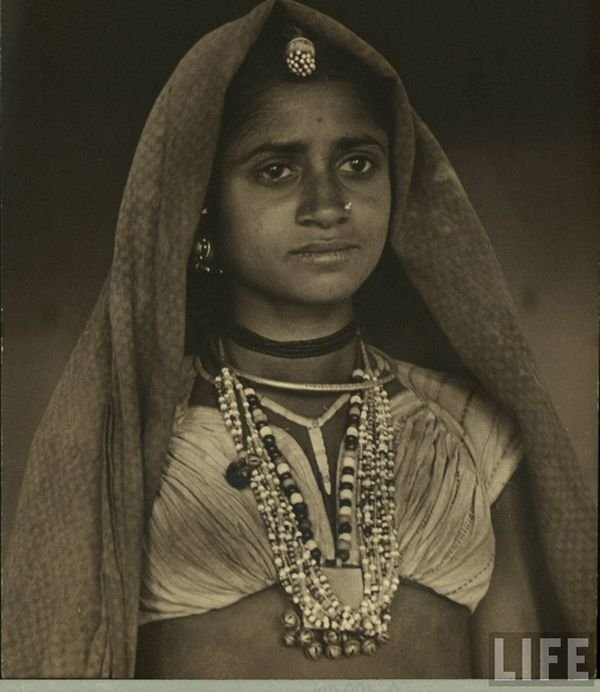
In the beginning of the fifteenth century, a tourist from Portugal told that when women could see silk or cotton cotton cloth. In the literature of the first class, especially in different epics, women have been described as gold and various jewels and pearls filled with sarees.
Later, from the beginning of the evolution of poetry literature, women dressed in saris started to be the main delights of literature. As a result, they used cotton and yarn in their clothes, and rich people used various precious stones. Then they started wearing ornaments. From this time onwards, the beauty of the sari began to become prominent and Silk got a different identity. Later, in order to increase the beauty and beauty of this artwork and design, the long dress of this untouched cloth was divided into three parts - the lower waist and the lower part were covered, the kachuki used to be in the upper part, and the long cloth like the shawl was called the northern, which would be used to turn it around later. Because most of the craftsmanship was in this part. The girls used to fill their saris in stone or yarn design according to their social status.

In the era of literature and in the age of literature, there was no circulation in the women's part of the sarees, especially in religious and social rules. If they used to do it, it would have been better to showcase the garment.
After the influence of the Greeks and the French, the style of wearing sari of all the girls of India goes through a major change. The Greeks invented the belt during that time, and they began to clothe themselves with the waist. And the French used to collect their long cloth around the neck near the waist and use the waistband. This new method of cloth attracts high-grade girls from this region.
Later on, the arrival of the French greatly influenced the style of wearing sari in the Rajputana of India and the inhabitants of Punjab in the Ganges Basin. Since then, they started using small shirts for the upper part of the sarees. There are proofs and descriptions of such garments used in women of Mathura and Ajantara from different books of that period.The use of the word 'Chandanachi Choli' from the words 'Chandanachi Choli' in the book written by Dhaneshwar (1275-1966) shows that blouse is the beginning of the first century. The French also adds new styles to design and crafts in this area; For example, use of pearls and precious stones in clothes.
Even after such enlargement, this change of sarees can be said very slowly. The last and most important change in the sari's way came in the Mughal period. And from there the advent of modern sari. The Mughal boys wear long coats, along with a narrow salon. And their charming beautiful girls wear all the priceless ornaments. At the same time, the last part of the first sari was known as Pani or Pallu, and women started using it as a cover or cover, because at that time the practice of women's heads started under the influence of women under Muslim rule. At present, long salty silk is kept and it is rotated in the head and neck, since it was started.
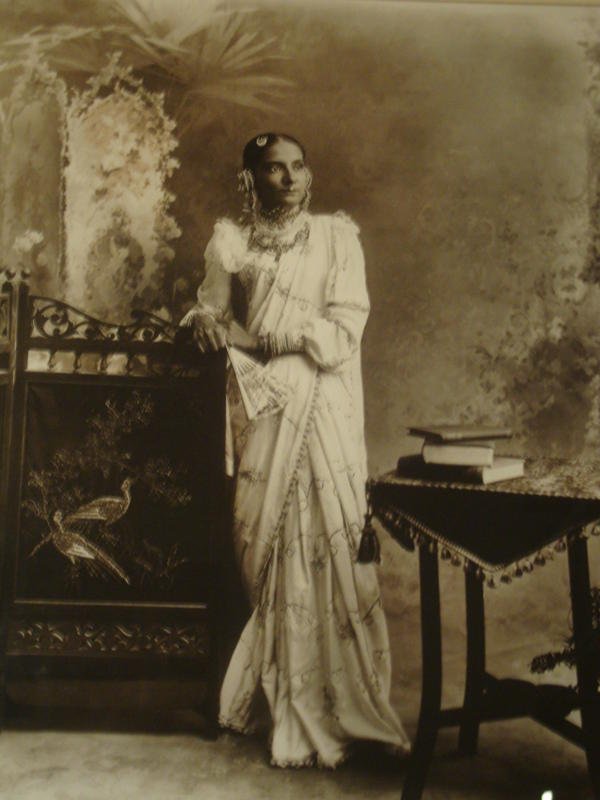
The approach of the Mughals and the way of life have a great effect on the lives of ordinary people. Salwar kameez was introduced in and around the royal family, especially the Mughal nobility brought huge changes in the clothes of the native boys. Yet, the sarees are well established in their own heart in the women's heart of India. The current sari is a mixture of sacked cloths of indigenous saris and Mughals of ancient India, a mixture of stitched cloth.
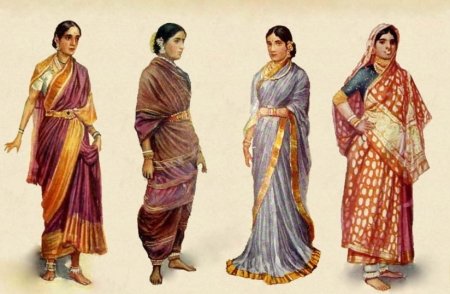

In the same way, the sari became the first woman of Bengali women to work, comfort and luxury. Even though the sari is increasing the beauty of the country from the native khaki for centuries, its extraordinaryness and great beauty have not diminished, but the attraction has increased day by day, growing worldwide even today.
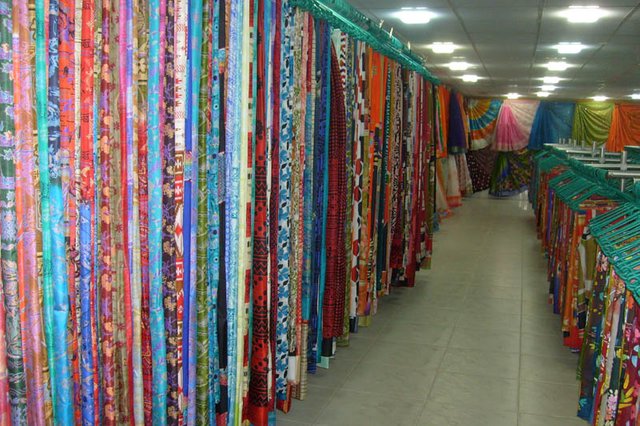
SO nice. Thanks for nice blog. You have nice blog and sure it will make more visibility. I resteemed it
@portotik The titles of your topics sound really good, inspiring and helpful for newbies:))
Upvoted and resteemed!
@steemit.global motive is encouraged to steemers from {Resteemed and Upvote}.
You did well. keep it up.
followed and upvoted
es genial !!! muy buena info muy completo! felicidades te sigo
gracias
upvoted